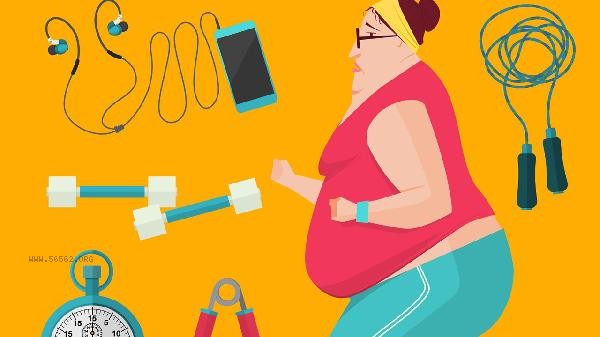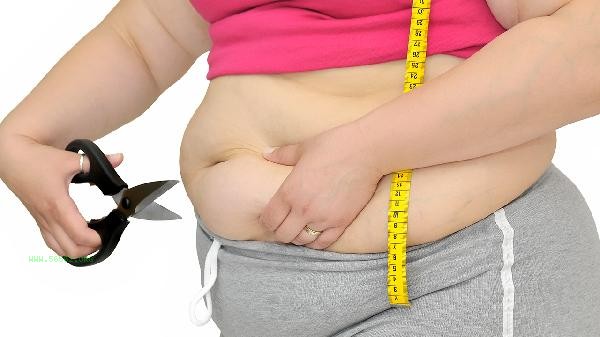A female waist circumference exceeding 80 centimeters can be classified as central obesity. Central obesity is mainly related to the accumulation of visceral fat, which may increase the risk of metabolic syndrome, cardiovascular disease, etc. When measuring, it is necessary to stand and measure with a soft tape close to the skin at the navel level at the end of exhalation.

1. Diagnostic Criteria
In China, waist circumference ≥ 80 centimeters is used as the threshold for central obesity in women, based on the association study between abdominal fat accumulation and health risks in Asian populations. The International diabetes Alliance regards female waist circumference ≥ 85cm as the high-risk threshold. Waist circumference measurement should be taken on an empty stomach in the morning to avoid interference with data accuracy caused by bloating after eating. Repeat the measurement three times and take the average.
2. Health Risks
When the waist circumference exceeds the standard, visceral fat will secrete inflammatory factors, interfere with insulin signaling, and lead to insulin resistance and abnormal glucose metabolism. Research shows that the incidence of type 2 diabetes increases with the increase of waist circumference by 1 cm, and it is closely related to fatty liver, polycystic ovary syndrome and other diseases. Snoring at night and shortness of breath after physical activity may be early warning signals.
3. Measurement Method
Correct measurement requires exposing the abdomen, spreading the feet shoulder width apart, and placing the soft tape horizontally at the midpoint of the upper edge of the iliac crest and the lower edge of the ribs. Maintain natural breathing during measurement, read at the end of exhalation, and use a soft tape to touch the skin but not press down. Avoid measuring before menstruation or after a full meal, as clothing thickness may cause a deviation of 3-5 centimeters in the results.

4. Intervention measures
Reduce refined carbohydrates intake, replace staple foods such as white rice with whole grains, and daily vegetable intake should reach 500 grams or more. The combination of resistance training and aerobic exercise has a better effect, such as three dumbbell exercises per week combined with brisk walking, which reduces visceral fat faster than pure aerobic exercise. Stress management can lower cortisol levels through mindfulness based breathing.
5. Special population
Postmenopausal women are more prone to abdominal fat accumulation due to decreased estrogen levels and need to strengthen calcium and vitamin D supplementation. Polycystic ovary syndrome patients often have insulin resistance, and it is recommended to choose a low glycemic index diet. The increase in waist circumference during pregnancy is a physiological phenomenon, and if it does not recover after 6 months postpartum, the risk of metabolic abnormalities needs to be evaluated.

To control central obesity, it is necessary to establish a healthy lifestyle, maintain moderate intensity exercise such as swimming, cycling, etc. for more than 30 minutes a day, and increase the intake of foods rich in unsaturated fatty acids such as salmon and walnuts in the diet. Insufficient sleep time can promote visceral fat accumulation, it is recommended to ensure 7 hours of high-quality sleep. Regularly monitor changes in waist circumference. If there is no improvement after 3 months of dietary and exercise intervention, it is recommended to visit the endocrinology department to assess metabolic status. Choose steaming instead of frying as the cooking method, limit the intake of processed foods, and pay attention to controlling hidden sugars such as sugary drinks and sauces.








Comments (0)
Leave a Comment
No comments yet
Be the first to share your thoughts!